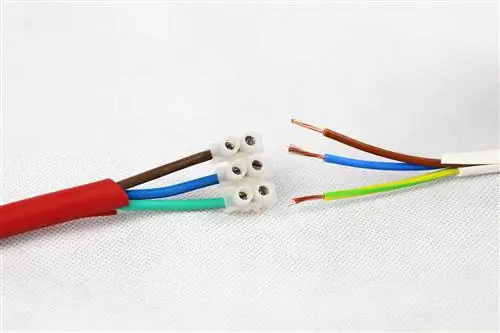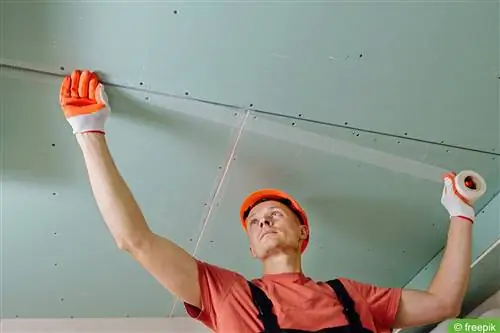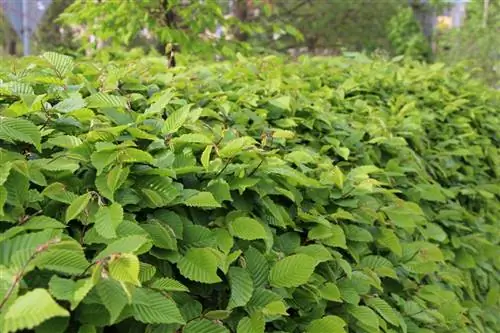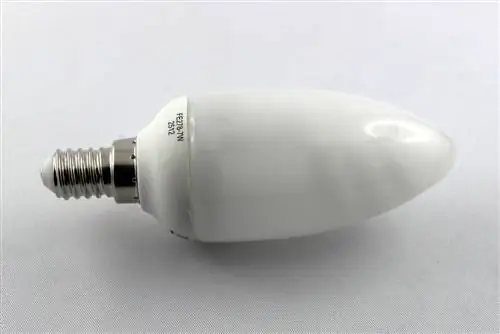- Author admin [email protected].
- Public 2023-12-17 03:39.
- Last modified 2025-01-24 12:45.
Many antique lamps are true pieces of jewelry. However, they often lack a connection for grounding or the protective conductor. They can still be connected safely under certain conditions.
The PE connection
A PE connection means the connection for grounding. It is needed to redirect the current from a conductive body such as the housing into the ground. This is to prevent the body or the housing itself from being energized and from getting a potentially life-threatening electric shock if touched. If, on the other hand, no metallic conductive body can penetrate outside and therefore cannot be touched, a protective conductor is not necessary to conduct the current into the ground. The big question is whether this is actually the case with a lamp without a PE connection.
Protection classes
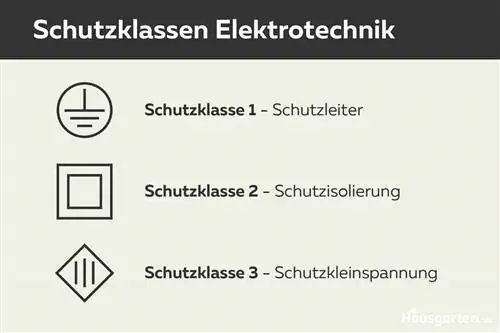
Electrical devices and operating resources are divided into three protection classes. Devices of protection class 1 must be connected to the protective conductor. However, if it is a device or lamp with protection class 2, grounding is not necessary. Equipment in this protection class usually does not have a PE connection, as it already offers a high level of protection through reinforced or double insulation in its housing.
Tip:
The protection class must be specified for modern lamps. For protection class 2, the associated symbol consists of two squares lying one inside the other.
However, with old or antique equipment, this important marking is often missing or has been lost over time. With these lamps you should therefore proceed as follows:
- check whether there is a PE connection
- check whether the housing is made of a conductive material
- check whether there is contact from a live cable to the housing
Note:
If the housing is not made of metal, but rather of plastic, for example, you can assume that the lamp corresponds to protection class 2 and does not require grounding.
Connect
Let's assume that there is a device of protection class 2, i.e. it does not have a PE connection. Three cables protrude from the ceiling to which the lamp is to be attached.
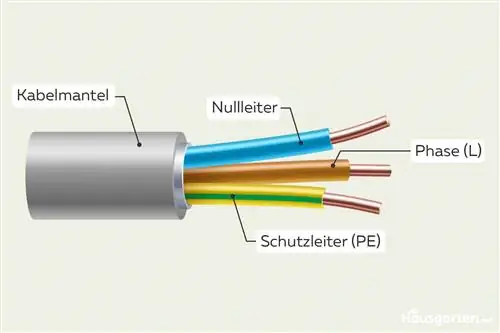
Each of these is a
- blue cable
- brown cable
- a green-yellow cable
The green-yellow cable or the green-yellow connection is intended for the protective conductor. This protective conductor connection is missing in the lamp. Consequently, only the blue and brown cables need to be connected. But what do you do with the green-yellow cable? Preferably the following:
- Wrap the exposed strand at the end several times with insulating tape
- The insulating tape is intended to prevent possible contact with a conductor
- Then roll up the cable as loosely as possible and hide it in the light housing without a connection
Protective precautions
It goes without saying that the power should be switched off during all connection work. If individual cables are still live, touching them can result in life-threatening electric shocks.serious burns can occur. In order to avoid this in any case, you should take precautions before starting work and personally check whether the power flow is actually switched off. In addition, a lot of care will be required later when insulating the green-yellow cable. Insulation must always be installed to prevent possible contact with a live conductor. Otherwise such a contact could lead to a short circuit. If the cable comes into contact with a conductor, a so-called ground fault can also occur. As a result, the circuit breaker (FI switch) in the house or apartment would be triggered and would be very difficult to switch on again.

